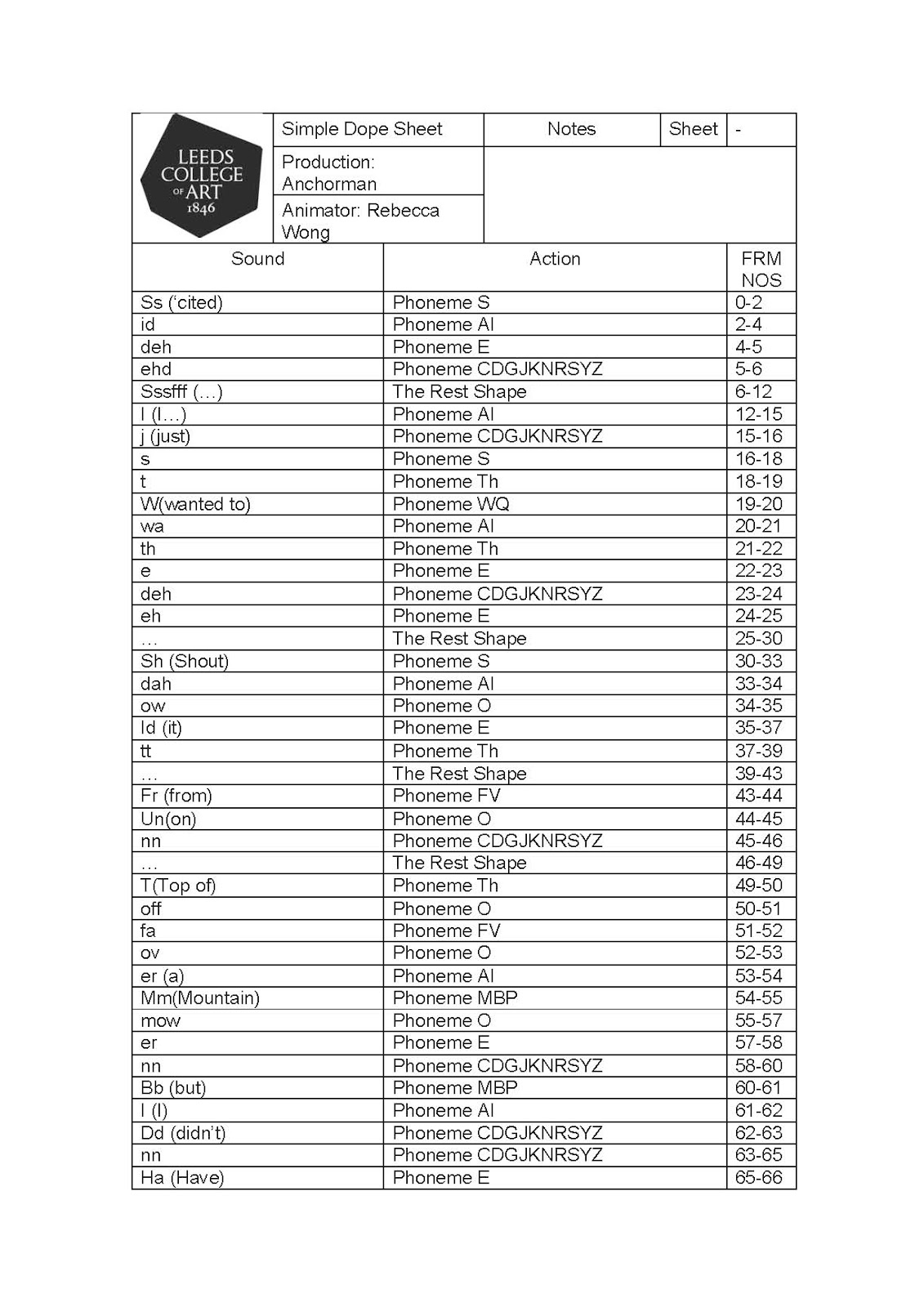Science fiction is a wide-ranging genre, with a lot of blurred edges and overlaps between groupings. But a number of types can be broadly identified:
"Hard" science fiction
 |
| "I, Robot" |
Hard science fiction is a category of science fiction characterised by an emphasis on scientific accuracy or technical detail, or on both. The heart of this subgenre is the relationship of the science content and attitude to the rest of the narrative, and (for some readers, at least) the "hardness" of the science itself. One requirement is procedural or intentional: a story should try to be accurate, logical, credible and rigorous in its use of current scientific and technical knowledge about which technology, phenomena, scenarios and situations that are practically and/or theoretically possible.
Extrapolates directly from today's modern science and emphasises scientific detail and accuracy. Hard science fiction writers are often scientists themselves (Isaac Asimov, Gregory Benford). Other movie examples include "2001, A Space Odyssey", "2010: The Year We Make Contact", "12 Monkeys" and "A.I. Artificial Intelligence".
"Soft" science fiction,
 |
| "Star Trek" |
This genre is based on and explores the "soft" sciences, and especially the social sciences (Anthropology, political science, and so on) rather than engineering or the "hard" sciences (For example, physics, astronomy, or chemistry), or is not scientifically accurate, or both of the latter. Soft science fiction of either type is often more concerned with character and speculative societies, rather than scientific or engineering speculations.
In contrast, emphasises social issues and issues of personal identity. Examples could include Star Trek in television; among novelists, Ursula K. Le Guin. Other examples include "The X-Files", "Planet of the Apes", "Terminator" and "The Outer Limits".
Today, the term is often used to refer to science fiction stories which lack a scientific focus or rigorous adherence to known science.
Space opera
 |
| "Star Wars" |
A subgenre that often emphasises romantic, often melodramatic adventure, set mainly or entirely in outer space ("The Fifth Element" also comes to mind, only in certain parts of the film that is), usually involving conflict between opponents possessing advanced abilities, weapons and other forms of advanced technology, the name is pretty much a play on the term "soap opera".
Involves epic scale and a conflict between idealised heroes (often involving a wizened mentor and an untried youth) pitted against unredeemable villains. In film, the original Star Wars is a classic example; a well-known novelist in this type is E.E. "Doc" Smith. Other examples include "Titan A.E.", "The Last Starfighter" and "Farscape. Some animated examples include "Cowboy Bebop", "Mobile Suit Gundam" and "Space Pirate Captain Harlock".
This sub genre has also been parodied quite a bit in shows such as "Spaceballs", "Futurama", "Bill, the Galactic Hero" and "Star Smashers of the Galaxy Rangers".
Alternate History
 |
| "District 9" |
This is a branch of science fiction that extrapolates from a point in the past, rather than from today, and takes a different path from the one we took. Questions involve what the world might be like if the Axis powers had won World War II, or if Lincoln had not been shot. Master practitioners include Philip K. Dick and Harry Turtledove. Other examples include "Watchmen", "Source Code" and "Back to the Future 2".
Dystopia
 |
| "The Matrix" |
This subgenre starts by rejecting the idea that "scientific advance" with automatically bring about a superior civilisation; the dreamed-up reality might in fact be as corrupt and unjust as the darker days of our own world. After World War II dystopian fiction often assumed a nuclear apocalypse, with survivors fighting to retain their humanity (Mad Max, A Boy and His Dog); but such a cataclysm is not necessary (Blade Runner).














































